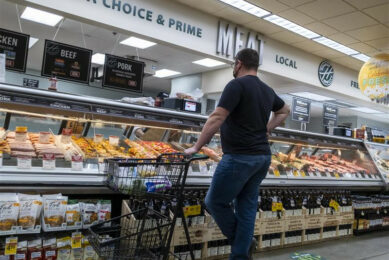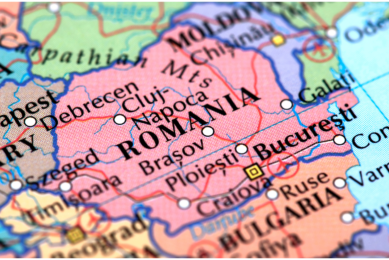Botswana to increase pork production

Government intervention and improved extension services to the livestock industry in Botswana are expected to increase pig and pork production over the next few years, according to government sources.
By Alfred Sayila
Pig production in Botswana hasn’t experienced much growth over recent years compared to other livestock sectors like beef and poultry. Both local pig and pork production have been low and erratic, mostly concentrated in eastern areas. The per capita consumption rate for pork is estimated at 1 kg/person/year, believed to be one of the lowest in the world.
©
According to local farm analysts, lack of enthusiasm among livestock farmers to venture into pig growing has resulted in decimal production. Religious and cultural taboos have not helped the cause of pork consumption, but there is more.
©
Insufficient promotion
The governments insufficient promotion of the pig industry has also contributed to the poor performance of pork production.
©
The agricultural ministry’s veterinary services department has put pig production on the lowest rung, around 5.8%, compared to the other livestock like cattle and chicken. Statistics available show that only five people out of 100 readily access and eat pork in the county compared to 80 out of 100 for beef and 70 out 100 for poultry products.
©
Other economic analysts have blamed the low pig and pork production on government bias in favour of the cattle industry. For many years more support and emphasis has been put on the cattle and poultry sectors than pigs. The Botswana Meat Commission (BMC) although established to buy, process and sell meat products in the country and outside has, since its inception in the 1960s, only concentrated on beef.
©
Over-dependence
It is only now that the Botswana government, realising the futility of over-dependence on one single meat product, is trying to move away from beef to other meat products, including pork. This is even more so after the cattle industry suffered a serious export setback in the past five years because of an intermittent outbreak of Foot-and-Mouth Disease (FMD).
©
“I am sure the country has learnt its lesson the hard way,” said a local agronomist with Stevens & Kennan. He said the beef export industry still faced a crisis despite government efforts to revive it.
©
The misfortune of the beef industry may be a blessing for the pork sector, which has started to receive minimal government support and attention. The Financial Assistance Policy (FAP) intends to solicit support from the government for the pork industry in order for it to be able to compete with the other sectors in meat production. A lot of work is being put into this new agricultural sector including financial promises for those who will venture into it.
©
The ministry of agriculture is looking at ways of improving and increasing pork production in the country after seeing that consumption statistics have risen steadily over the past two years. A number of people have started to appreciate pork and with government support consumption is expected to double within the next three years. “The government will do everything possible to promote pig and pork production in the country,” assistant minister of agriculture Mfa said.
©
Mfa disclosed that plans are under way to introduce a re-stocking exercise, credit facility, extension services, marketing opportunities and other incentives to pig farmers throughout the country. This in the long run may entail the setting up of a separate processing and marketing body similar to the BMC but specifically tailored to the pork industry.
©
No exponential progress
Lack of diversification to other areas, insufficient funding, inadequate commercial stock, limited market and other problems, however, will continue to hinder progress in the pig industry. In 2006, for example, the pig population was estimated at 12,881 and employed 284 people throughout the country. Overall statistics from the period 2001/2-2005/6 shows that pork production in the country declined tremendously while imports increased linearly.
©
The Piggery Annual Report for 2007/8 of the ministry of agriculture states that local pork production and imports in that period were 432 tonnes and 1,064 tonnes respectively. This equals to a self sufficiency rate of 29%.
©
Based on these statistics Botswana will continue to depend on pork imports from neighbouring countries, in particular South Africa. The livestock sector, however, remains an important source of food, employment, investment and income to the majority of rural people.
Therefore the pig industry if improved will render a helping hand to the meat products sector in a country whose cattle industry contributes about 80% of the total agricultural share to GDP. Time will tell for the future of Botswana’s pig and pork industry which is in fact still in its infancy.
©
Source: Pig Progress Volume 25 nr©8











